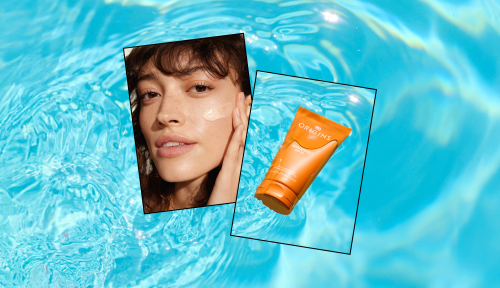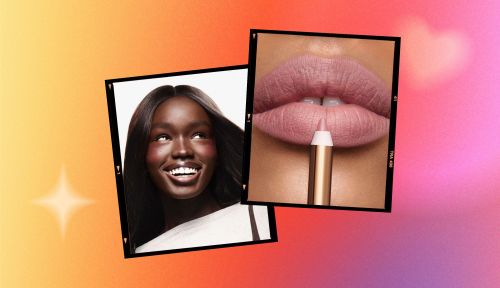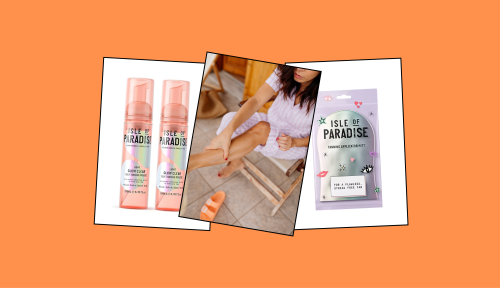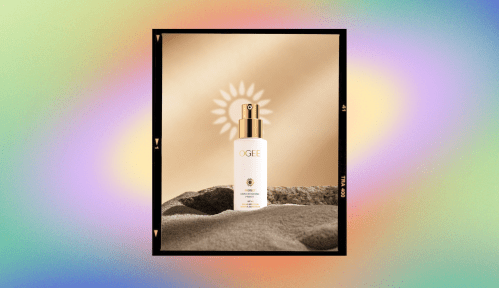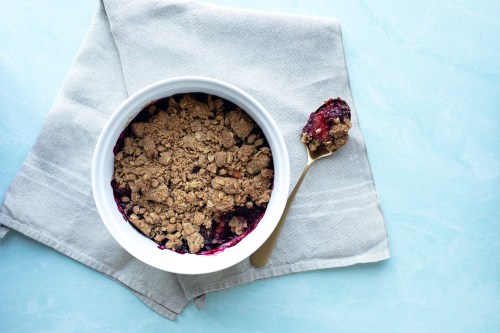Our editors independently select these products. Making a purchase through our links may earn Well+Good a commission
Beauty editors swear by these inky mascaras for longer, more fluttery lashes
Who knew that mascaras that make your lashes grow are a thing. Here are the 8 best ones to choose from that work as mascara-lash serum hybrids.

As an admittedly lazy girl, I hoard each and every multi-tasking beauty product I can get my (manicured) hands on. So I’m all about foundations that double as skin care, using a plethora of lip-to-cheek sticks, and slathering on a trusty moisturizer with SPF. But, if I could ask for the most magical of all beauty products, it would be mascara that makes your lashes grow while you wear it.
Welp, I’ve been sleeping on what I thought was a mere fantasy, because lash-boosting formulas exist and they’re totally awesome. These serum-mascara hybrids boost your lashes—and while making them look long and coated—they’re also creating an environment that’s kinder and could help them grow more quickly.
The magic comes from ingredients like peptides, stem cell complexes, vitamin E, proteins, biotin, keratin—the list goes on—but the hybrid mascaras tend to have at least one of these lengthening ingredients within them. “Lashes are made from 90 percent proteins and keratin,” says Jenny Patinkin, makeup artist and author of Lazy Perfection. “Mascaras made with ingredients like collagen, peptides, and amino-acid proteins can make lashes appear thicker, glossier, and more lush, just as they do in hair treatments.”
All of that conditioning and good-stuff on the lash line hasn’t technically been proven to outright grow your fringe, but by using (sorry) easy-on-the-eyes formulas, you’re much more likely to create an environment that promotes growth. (The opposite is true as well, so if your lashes are dry from an agitating product or if you’re leaving mascara on overnight while you sleep, they’re more likely to feel brittle and fall out.)
Her pro tip on using double-duty mascaras? “The press, wiggle, and fluff technique involves pressing the mascara wand right under the roots of your lashes, gently wiggle it side to side to make sure it’s getting evenly distributed between lashes and all along the lash line, and then fluff it through to your tips,” she says. And now—shop below for the mascaras that can help your lashes grow longer while you wear them.
Mascaras that make your lashes grow
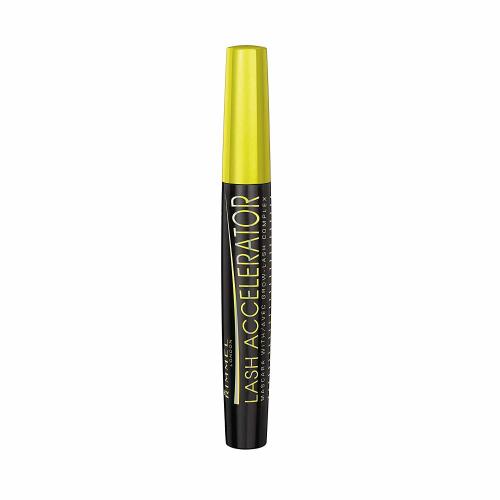
Rimmel London Lash Accelerator Mascara $8
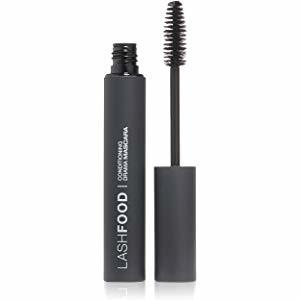
Lashfood Conditioning Drama Mascara $20
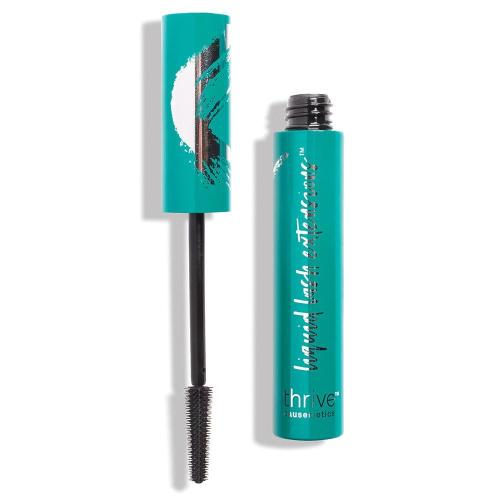
Thrive Causmetics Liquid Lash Extensions Mascara $24
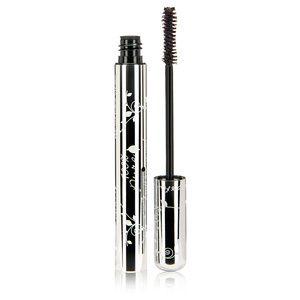
100% Pure Fruit Pigmented Ultra Lengthening Mascara $26

IT Cosmetics Superhero Elastic Stretch Volumizing Mascara $24
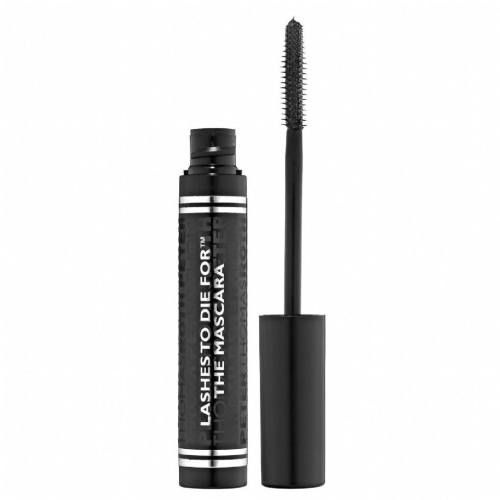
Peter Thomas Roth Lashes To Die For The Mascara $22

Fusion Beauty XXL Extreme Volume + Lash Enhancing Mascara $16
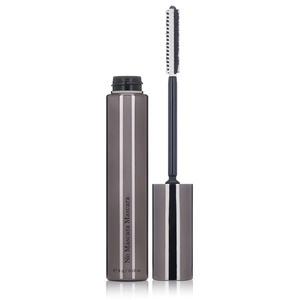
Dr. Perricone No Makeup Mascara $30
For more ways to get envious lashes, here’s how to curl your eyelashes without a curler (yes, it’s possible). And this is what to do if your eyelashes are falling out.


